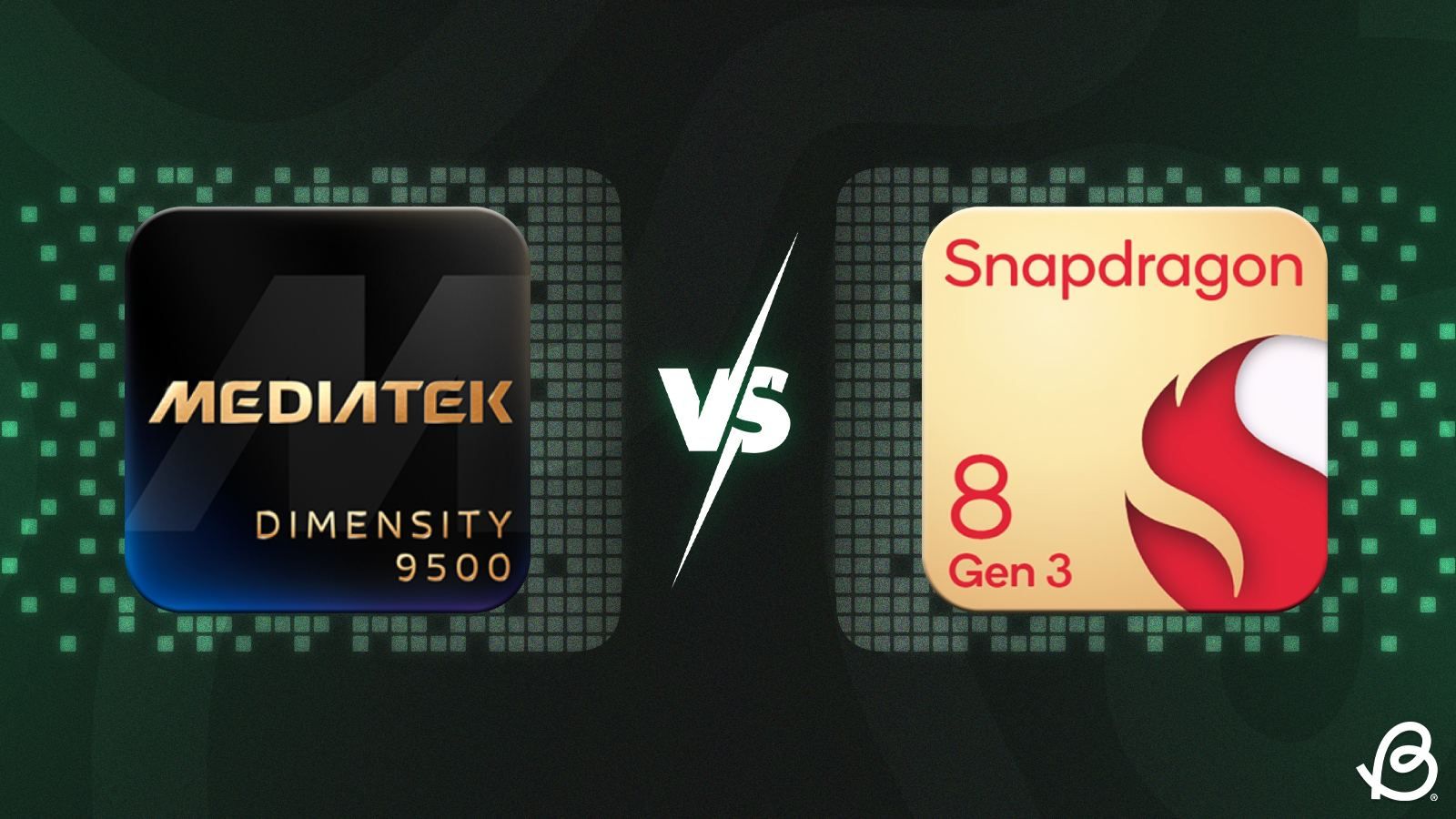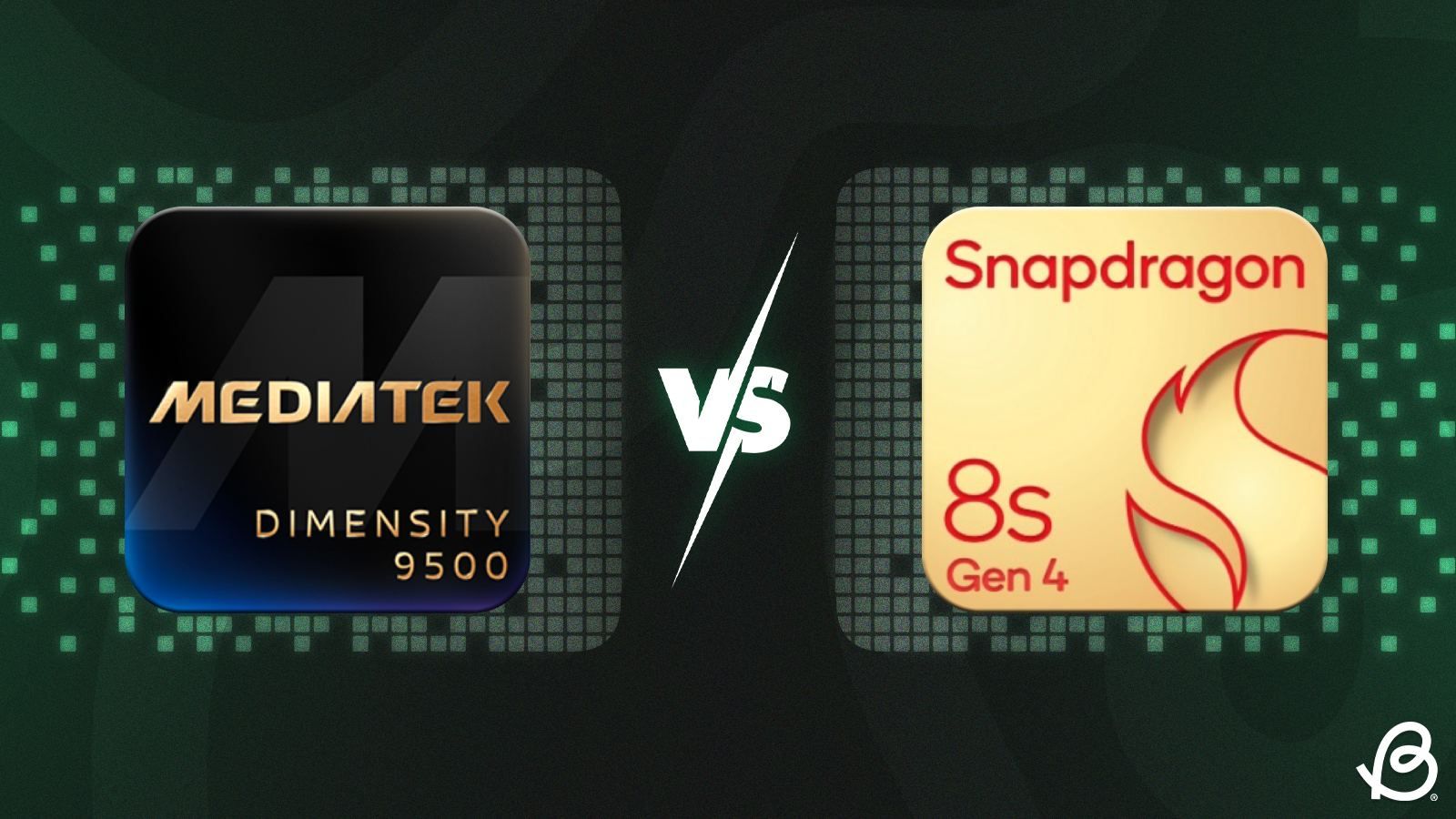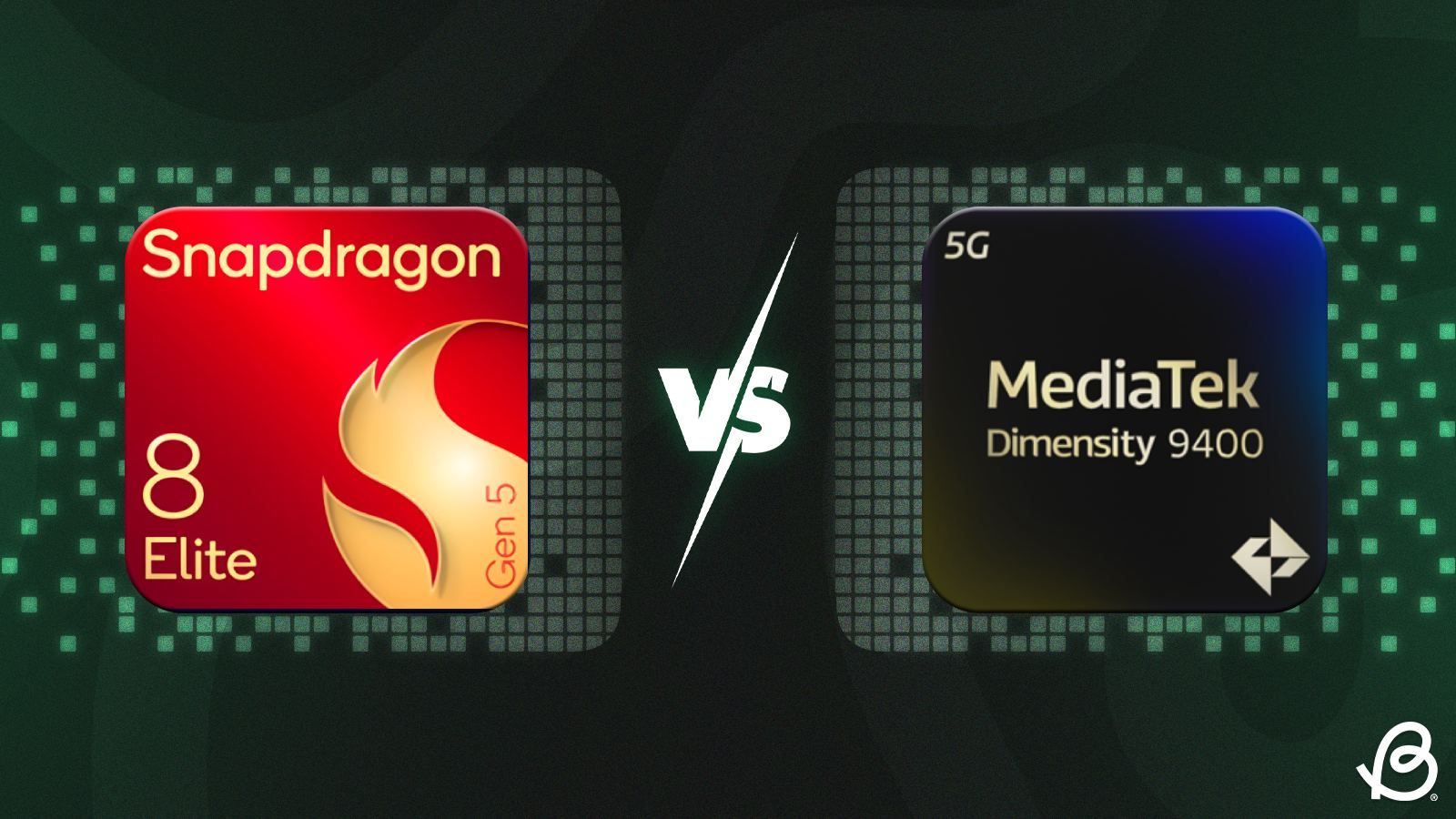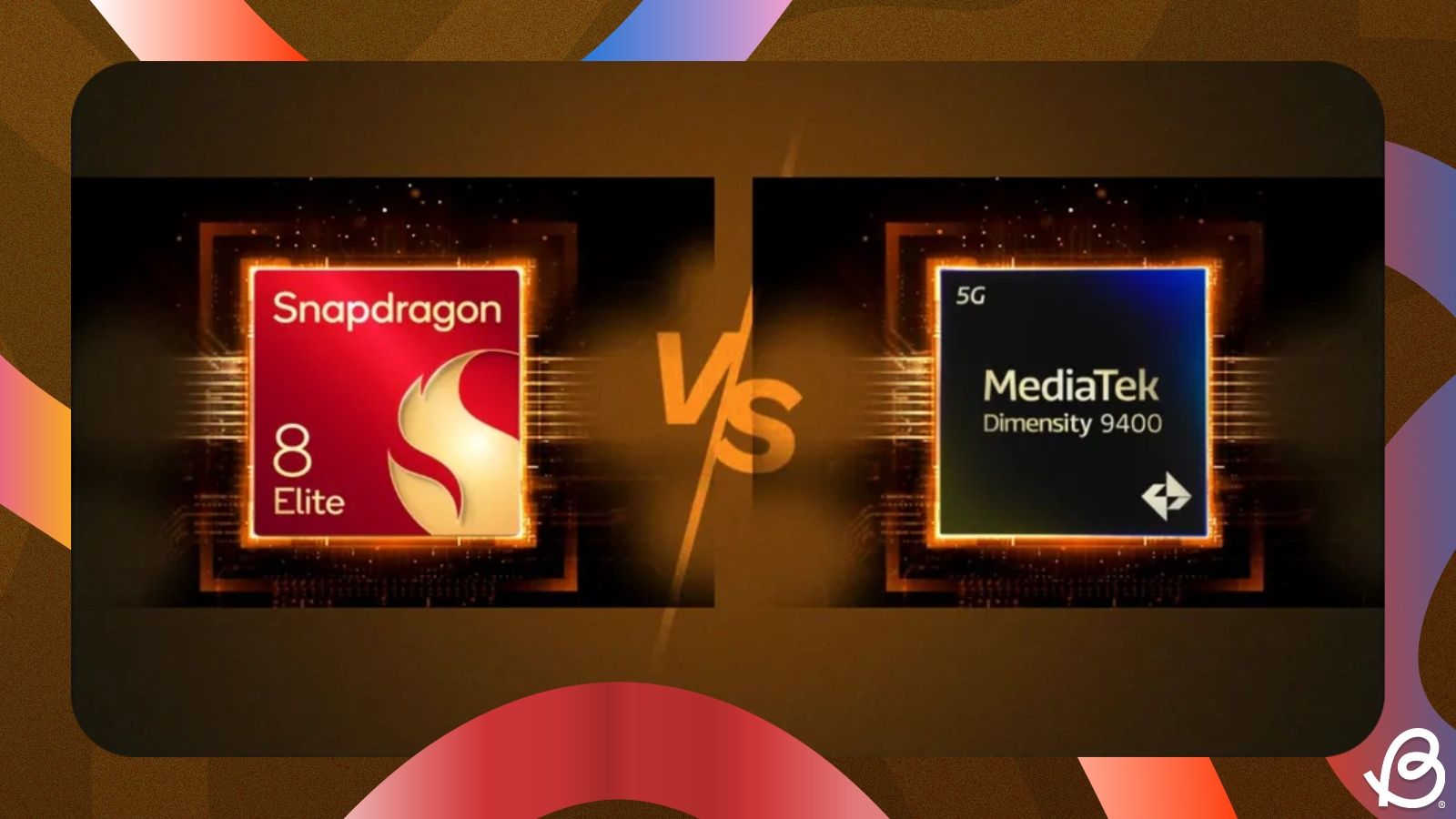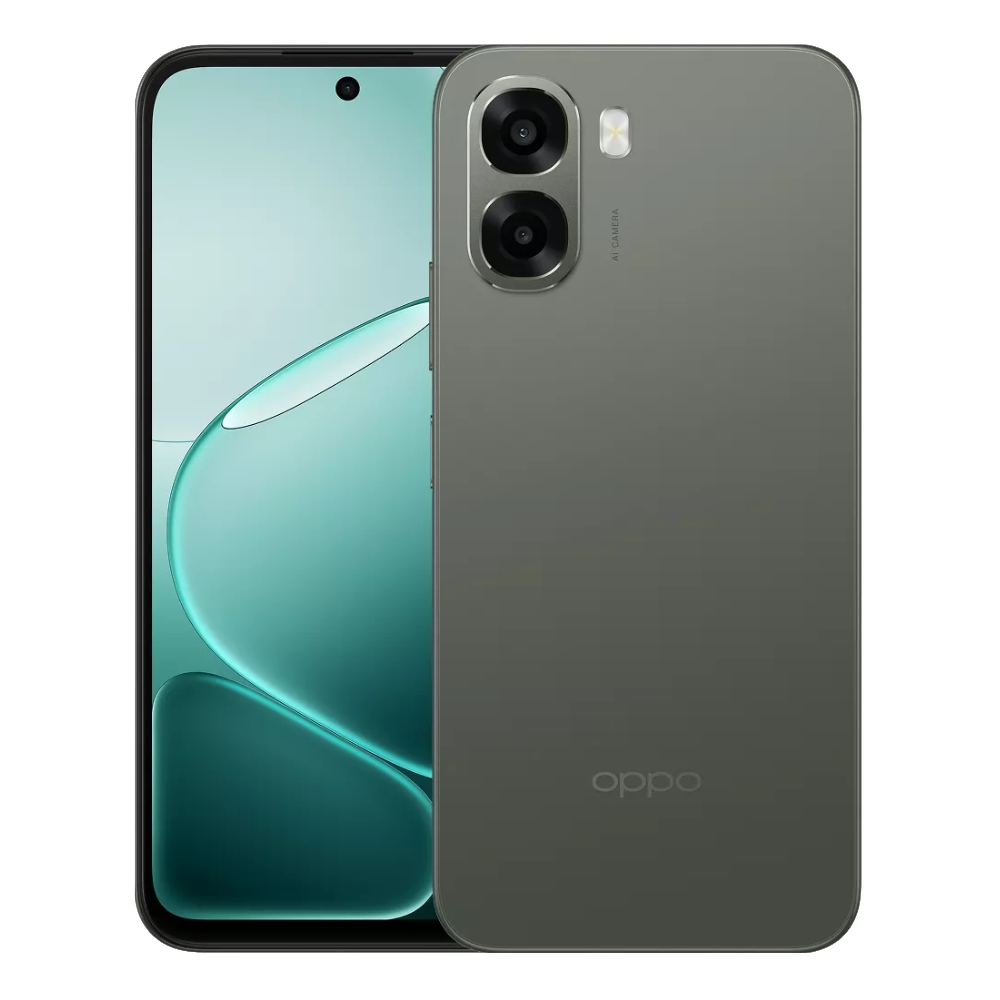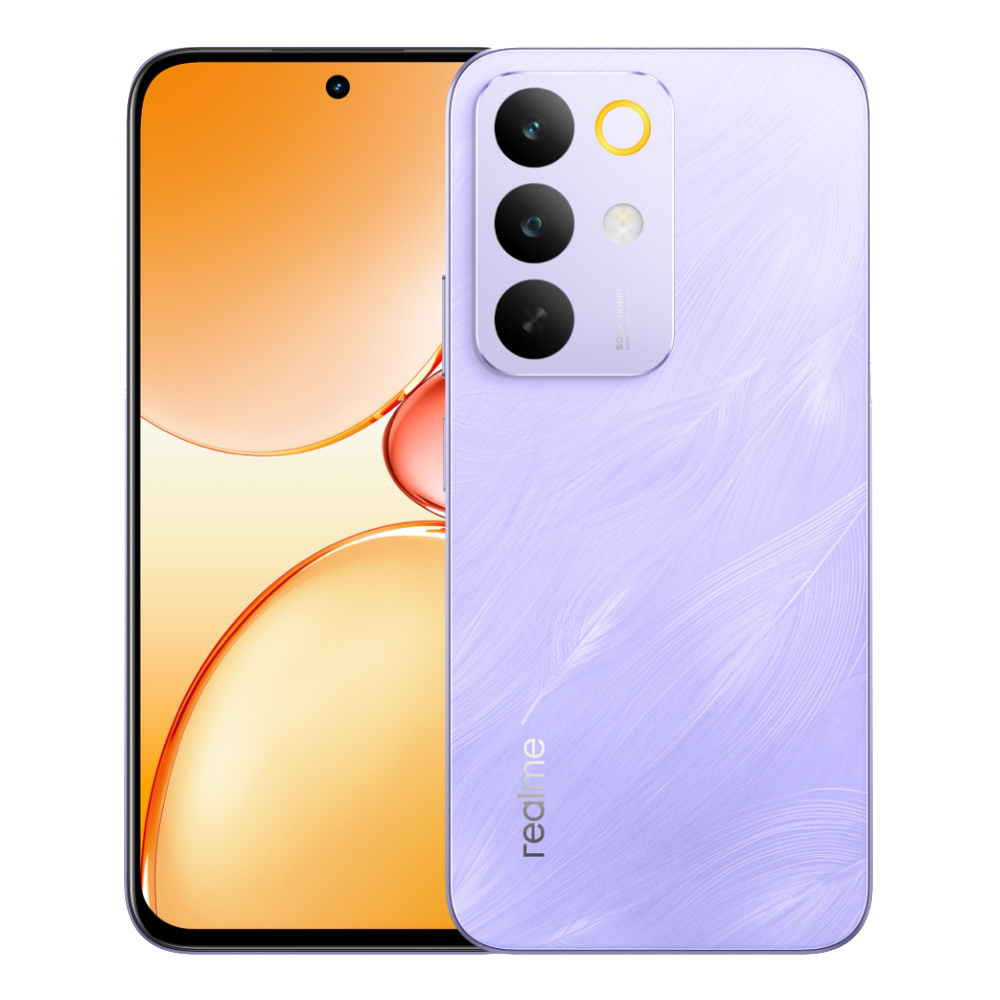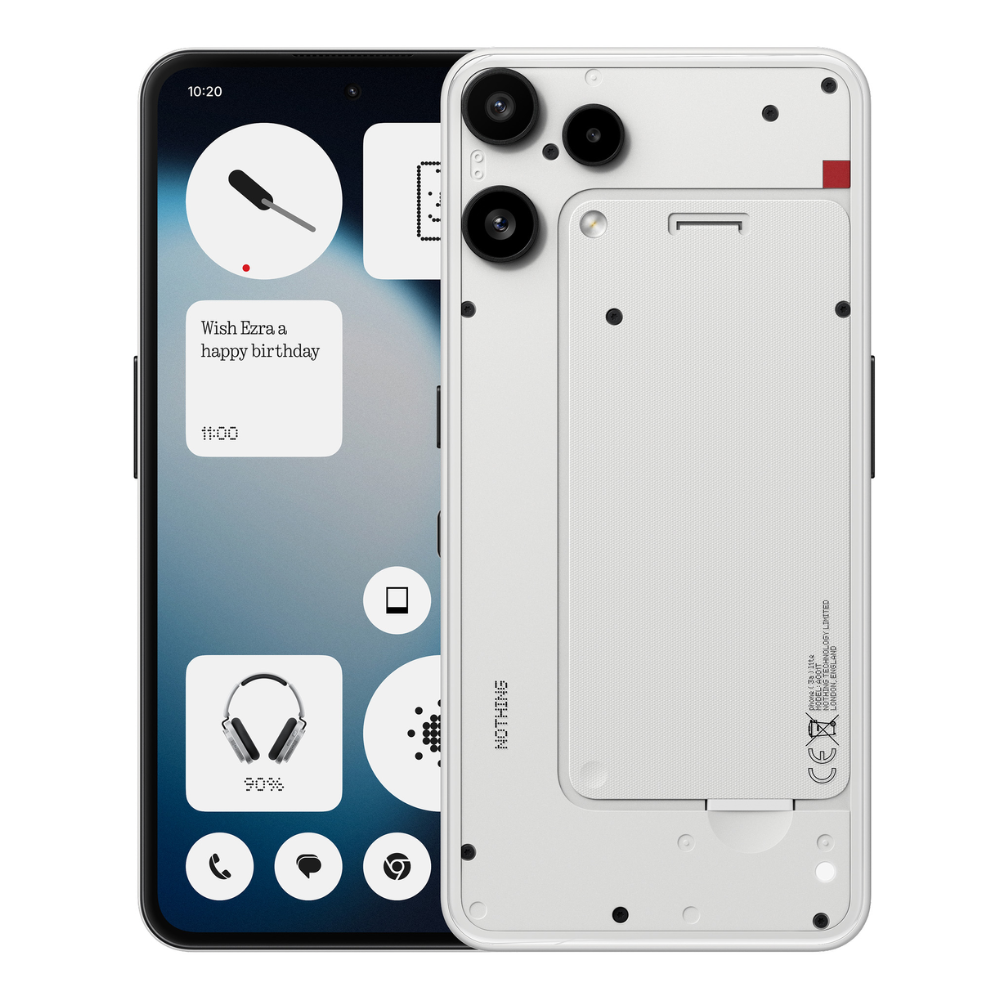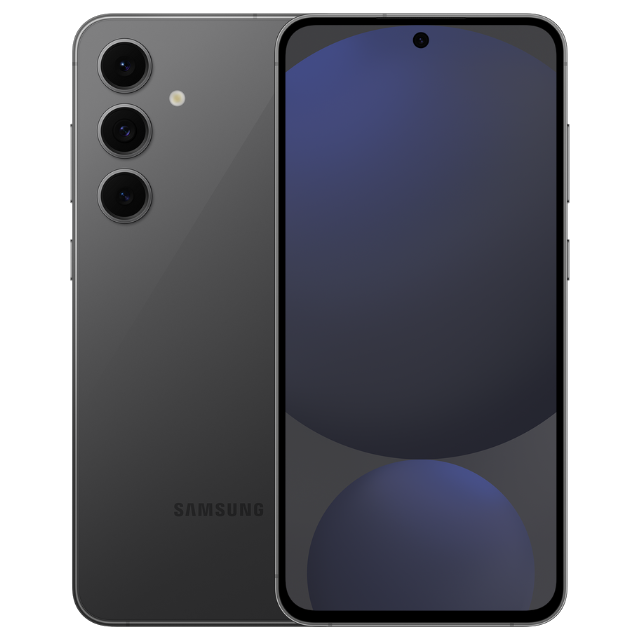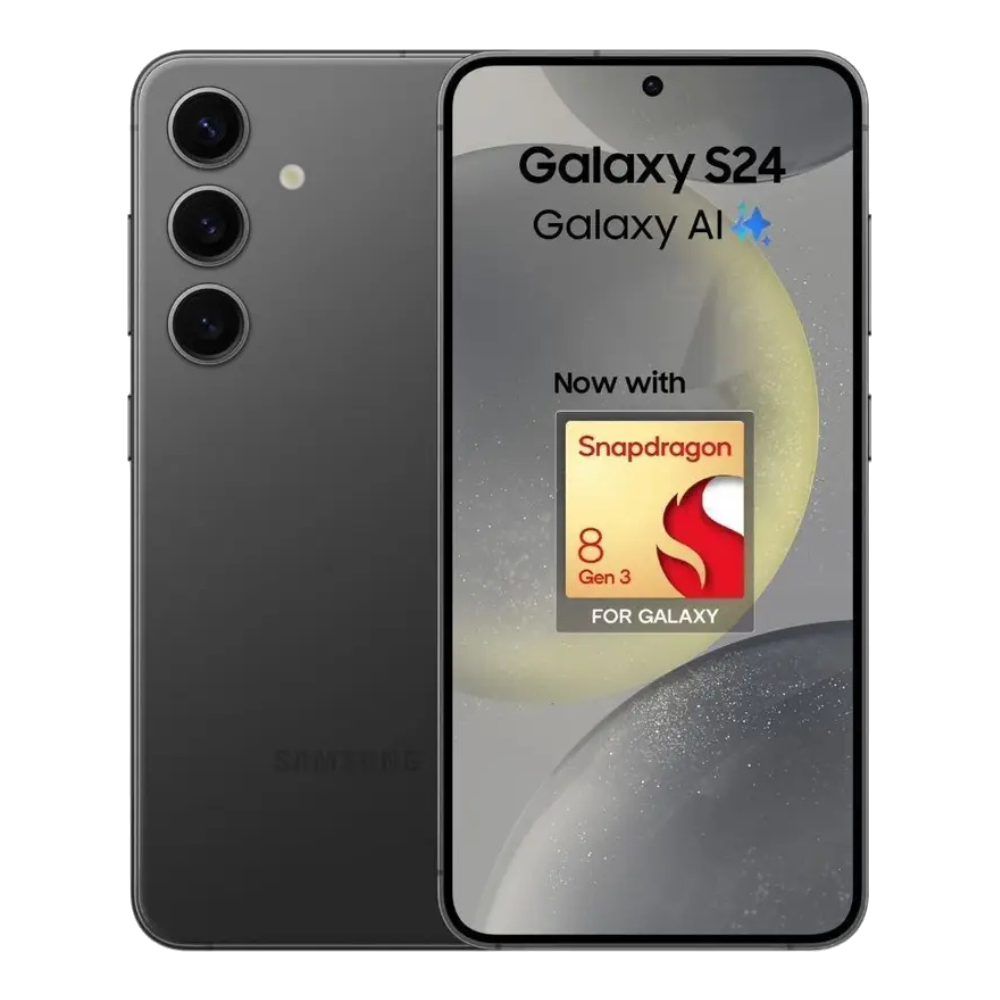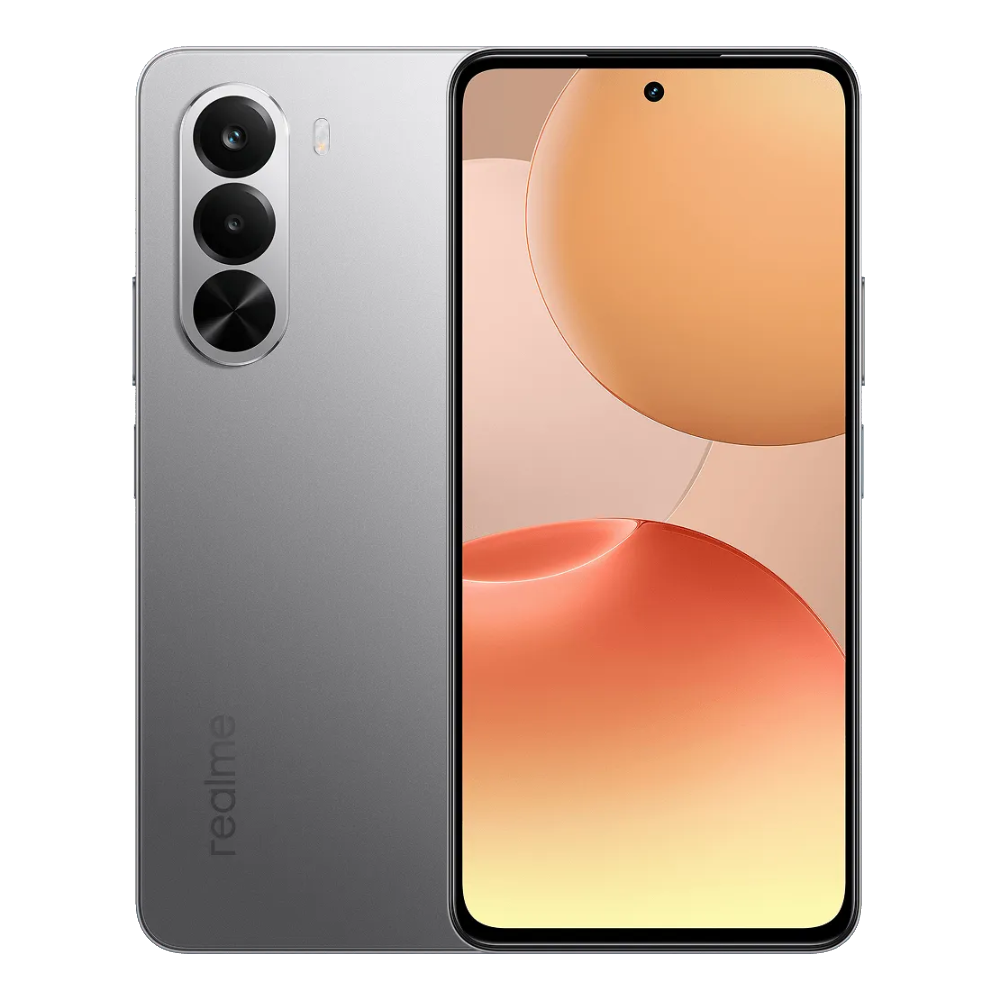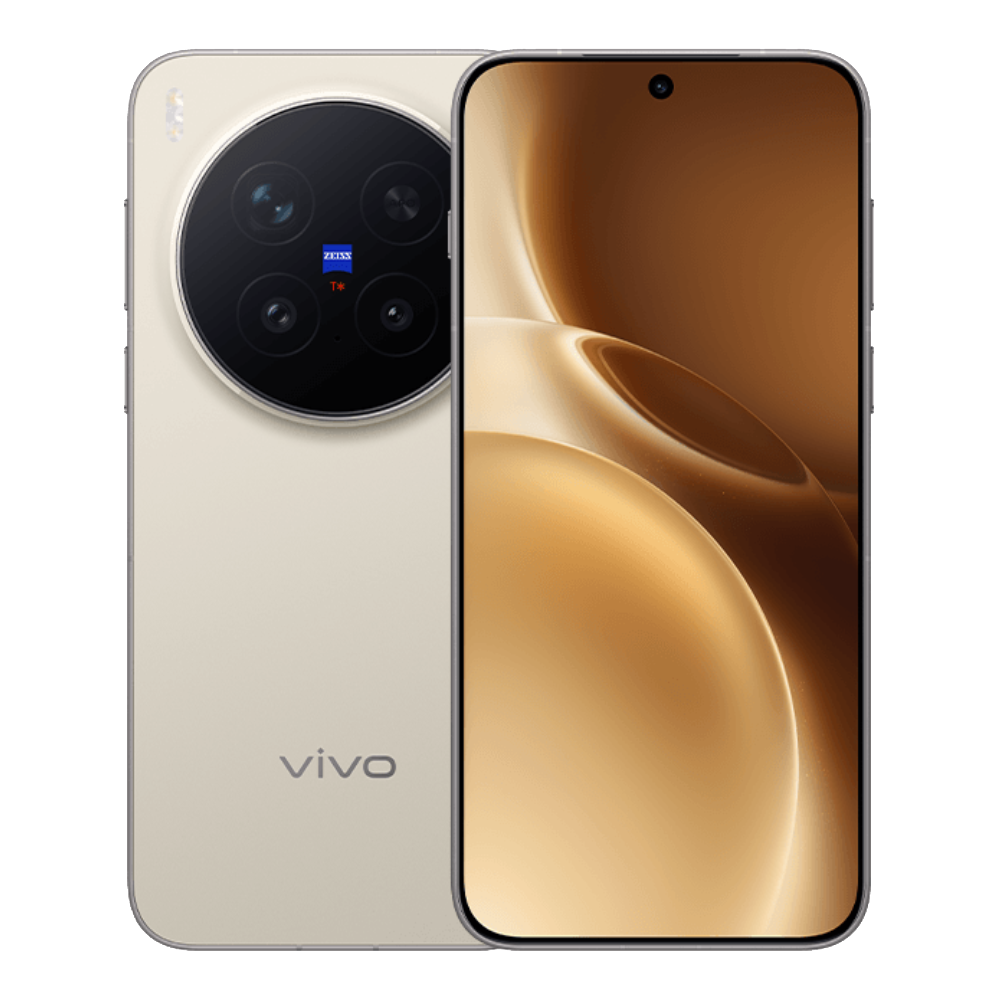MediaTek is promising exceptional CPU and GPU performance with its latest Dimensity 9500 chipset. The new Dimensity 9500 chip brings Arm's latest C1-series CPU cores and the Mali-G1 Ultra GPU. That said, how big of a performance leap does it deliver over Qualcomm's 2023 flagship, the Snapdragon 8 Gen 3? To find out, we have compared the Dimensity 9500 and Snapdragon 8 Gen 3 on Geekbench, and other benchmarks. On that note, let's dive in.
Dimensity 9500 vs Snapdragon 8 Gen 3: Geekbench Score
Geekbench 6 CPU | Dimensity 9500 (Official) | Snapdragon 8 Gen 3 |
Single-core | 4,007 | 2,183 |
Multi-core | 11,217 | 6,434 |
MediaTek, during the launch event, revealed that the Dimensity 9500 scored 4,007 in single-core and 11,217 in multi-core, on its internal Geekbench 6 CPU test. On the other hand, Qualcomm's 2023 flagship, the Snapdragon 8 Gen 3, running on the OnePlus 13R achieved 2,183 in single-core and 6,434 in multi-core.
As you can notice, the Dimensity 9500 delivers nearly 2x faster CPU performance than the two-year-old Snapdragon 8 Gen 3 in single-core tasks. And in multi-threaded tasks, the Dimensity 9500 is around 74% faster.
Having said that, since these are MediaTek's official benchmark numbers, I would advise users to take the results with a grain of salt. Once we run the Dimensity 9500 on a retail consumer phone, we will be in a better position to evaluate the performance gap between both the processors.
Dimensity 9500 vs Snapdragon 8 Gen 3: Specs Comparison
The latest Dimensity 9500 processors is manufactured on TSMC's improved 3nm (N3P) process node while the Snapdragon 8 Gen 3 is fabricated on TSMC's older 4nm mode. In terms of CPU, both chipsets pack an 8-core CPU cluster, however, the Dimensity 9500 brings Arm's new C1-series CPU cores while the Snapdragon 8 Gen 3 features older Cortex-series cores. As for graphics, the Dimensity 9500 is powered by the Arm Mali-G1 Ultra GPU whereas the Snapdragon 8 Gen 3 packs the Adreno 750 GPU.
Specs | Dimensity 9500 | Snapdragon 8 Gen 3 |
Process Node | TSMC's 3nm (N3P) | TSMC’s 4nm |
CPU | 8-core Arm C1-series CPU | 8-core Kryo CPU |
CPU Cores | 1x C1-Ultra (4.21GHz), 3x C1-Premium (3.50GHz), 4x C1-Pro (2.70GHz) | 1x Cortex-X4 (3.3GHz), 3x Cortex-A720 (3.2GHz), 2x Cortex-A720 (3.0GHz), 2x Cortex-A520 (2.3GHz) |
GPU | Arm Mali-G1 Ultra MC12 | Adreno 750 GPU |
Storage and Memory | UFS 4.1 (4-lane), LPDDR5X memory, Up to 10667 Mbps | UFS 4.0, LPDDR5X memory, up to 4800MHz |
NPU | MediaTek NPU 990 | Hexagon NPU, Run AI models up to 10B parameters |
ISP | Imagiq 1190, 320MP image, 8K60FPS video capture | Cognitive ISP, Triple 18-bit ISPs, Up to 200MP photo capture |
Modem | MediaTek Release 17 5G modem (Sub-6GHz only), Up to 7.4Gbps peak download speed | Snapdragon X75 5G modem, Peak Download Speed 10Gbps, Peak Upload Speed 3.5 Gbps |
Connectivity | Wi-Fi 7 and Bluetooth 6.0 | Wi-Fi 7, Bluetooth 5.4, LE |


